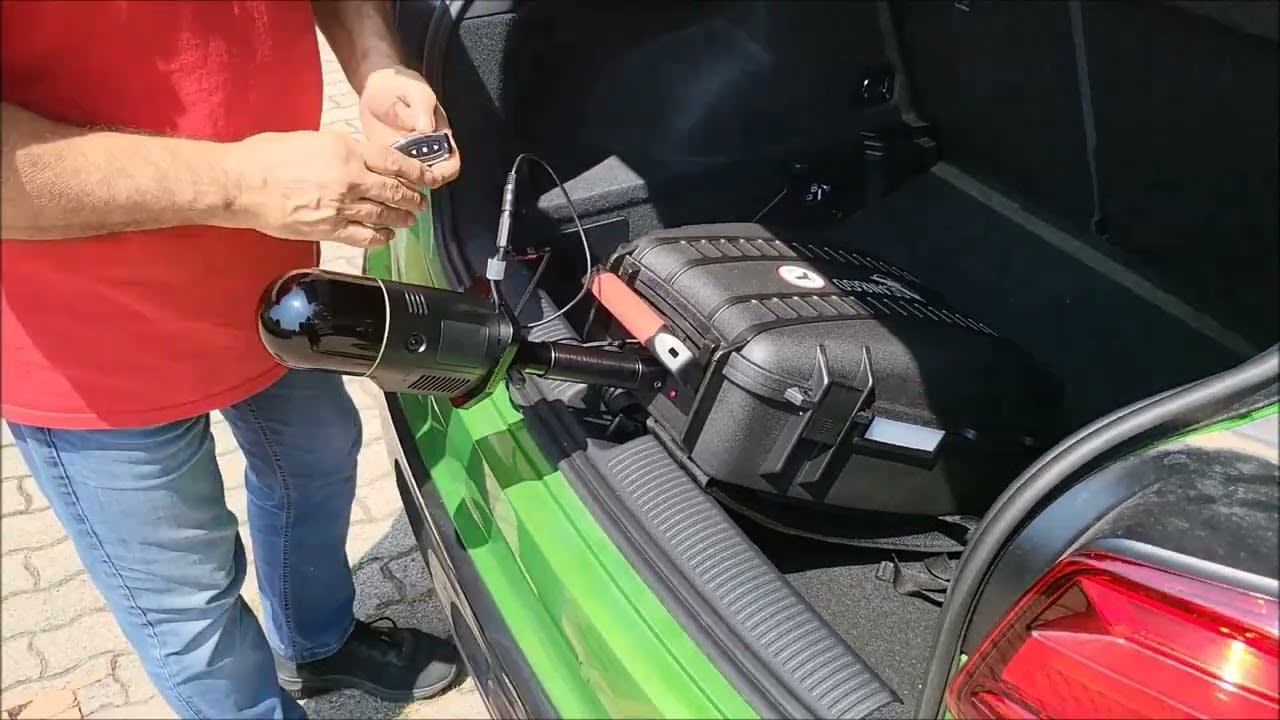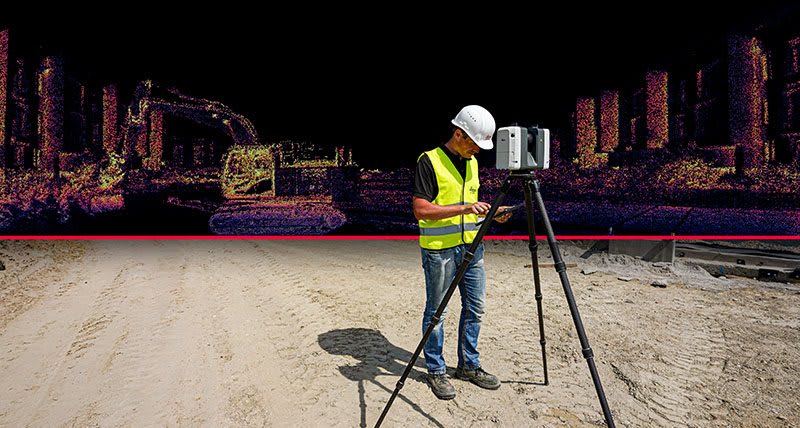I love speaking with clients about Leica software. Showing potential users the ins and outs of Leica Cyclone Register, Survey, Model or even Leica Register 360 will often results in “oohhs and ahhs” over one feature or another. However, one of the items I struggle to stress the importance of is Leica JetStream. Why? Well, the product does exactly what it is built to do, but it doesn’t seem to have that “Whiz Bang” feature that shows the increase in productivity it offers. It is my believe that the use of JetStream is of paramount importance for users to have a truly good experience, not only with Leica HDS equipment, but also with point clouds in general.
Let’s begin with what Leica JetStream is. JetStream is one of the many powerful tools within the Leica suite of software for working with High Definition laser scanning. The primary function of JetStream is to make the large to very large datasets smaller, faster and more manageable. Without the use of JetStream, large point cloud datasets (the majority of them) lead to serious performance lag when the point cloud data is being used in other CAD software for existing conditions information to design from. JetStream does this by compressing the point cloud data (with little to no data loss) so it is more manageable when used in CAD/BIM programs. After prospective users are told that this is and what it does, I will often hear, “We don’t need that…”. It’s not until weeks after they actually start their scanning projects that I will receive a call from those same clients asking how they can not only make their datasets faster but manage their location better so the data is accessible to more than one person at a time. I only ask one question at that time, “Do you remember that JetStream software we talked about?”. That’s when we go into a more basic explanation (which is where I start the conversation now) that I received from a co-worker. JetStream is essentially NetFlix for point clouds. The compression of the point cloud eliminates buffering so we can stream the data more quickly than if the cloud were not compressed.
Now that we have reviewed what the software does, let’s talk about the difficult part. That is the licensing for the software and why it is sold in pieces. There are 4 pieces to this particular software package:
- JetStream Publisher (or Leica Publisher Pro)
- JetStream Enterprise
- JetStream Connector
- JetStream Viewer
Beginning with JetStream Publisher, it permits a user to send the point cloud to JetStream Enterprise Server. One would think that this is a given with the Enterprise Server, but Leica has decided to sell it separately for now. More on why the software is sold separately later.
JetStream Enterprise is our storage container that can be centrally located on a server on an organizations network. This permits all potential consumers of the point cloud data to access the data across the network without having to store the data on a portable hard drive and copy it from machine to machine.
A JetStream Connector license provides access to the stored data from a supported CAD environment. For example: A civil engineer who is using Autodesk Civil 3D, might want to access scan data of a roadway or bridge to create a survey or a surface. They can accomplish this with a Connector license and Cloudworx for AutoCAD.
What if I have a project manager who is not well versed in any CAD environment and really doesn’t have a good background with technology? That is where JetStream Viewer can be deployed in an office. I know what you are thinking, Oh great!! Another software license and more money to spend to get up and running. Well that might just be the best part of the viewer, it doesn’t cost a thing. JetStream Viewer is free and can be installed on any system. It connects directly to the JetStream Server or can consume a .JSV file exported from the Enterprise Server or a registration software.
I know what you are thinking, so many software licenses for each user in my company is going to make my company broke! If you don’t pay attention to anything else in this post, read this next few sentences. Many times, a company will import data, register it and then pass it on for CAD users to use. In many instances, a company can purchase one license of Publisher, one license of JetStream Server and then purchase a connector license for however many people will need to access the data at the same time. Remember, the licensing works just like many other shared software licenses where if a user is in the software and then exits, the license becomes available to someone else to use. Or, more simply put, you only need as many licenses as would be necessary for the maximum number of concurrent users, not one for every user that may use the software at any given time.
I hope this helps clarify how Leica JetStream works and is licensed so you too can enter the world of using JetStream to make your data run much faster in a CAD environment.
About the Author
Follow on Linkedin More Content by Jay Meszar























